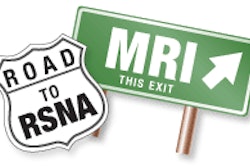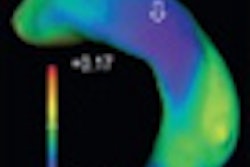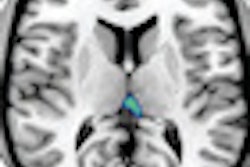Wednesday, December 1 | 11:40 a.m.-11:50 a.m. | SSK08-08 | Room S102D
How many radiology professionals believe that MRI and ultrasound use ionizing radiation? A worldwide poll of radiology professionals found that 13% believe ionizing radiation is used in MRI scans, while 15% say ionizing radiation is used in ultrasound.Based on these results, the study authors suggest that radiology professionals might benefit from additional radiation training to raise awareness of radiation exposure and to prevent radiation overexposure to patients.
The study was conducted by EduRad in conjunction with the international radiology community Radiolopolis. The lead study author is radiologist Roland Talanow, MD, PhD, who will present the results in Chicago.
Some 1,500 radiology professionals from around the world were asked to participate in an online survey on a volunteer basis. The survey included 13 questions about different levels of radiation awareness and knowledge. Results were anonymous and radiologists, residents, and radiologic technologists were subdivided based on their experience level.
A total of 148 professionals replied to the questionnaire, of which 75% were radiologists and residents, 15% were technologists, and 10% included other occupations, such as medical students.
Among radiologists practicing more than 20 years, 20% think MRI uses ionizing radiation, while 33% said ultrasound uses ionizing radiation. Among radiologists with less than five years of experience, none thought MRI used ionizing radiation, while 14% thought the same of ultrasound.
Among all participants, 76% said ultrasound and 60% said MRI exposes patients to the least amount of radiation. By comparison, 55% of all respondents said CT and 24% said angiography exposes patients to the most radiation.
On a scale from 1 to 10, 63% of respondents said their patients had a high level of concern (7-10) about radiation risk, whereas 22% showed a lower level of concern (1-4).
The poll also found that 50% of respondents think that gender and 10% think that age do not make a difference regarding susceptibility to the carcinogenic effects of radiation.



.fFmgij6Hin.png?auto=compress%2Cformat&fit=crop&h=100&q=70&w=100)




.fFmgij6Hin.png?auto=compress%2Cformat&fit=crop&h=167&q=70&w=250)











